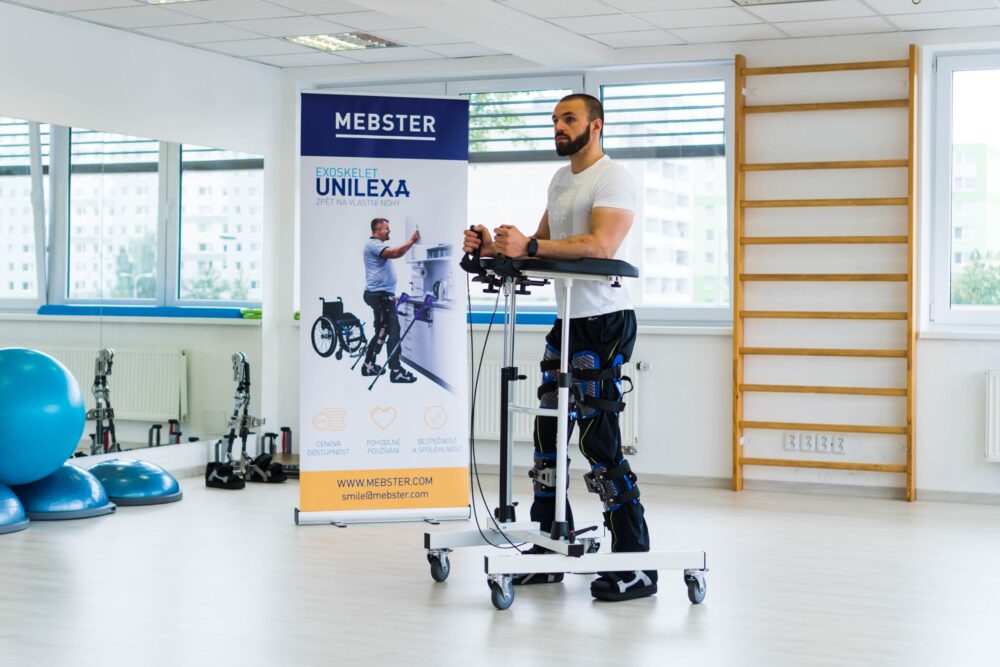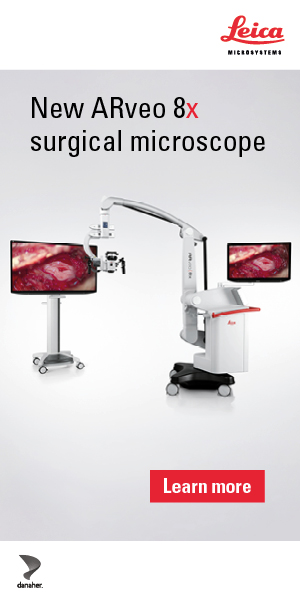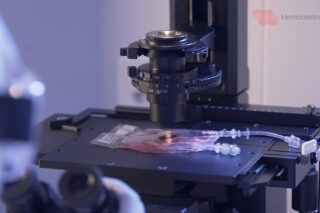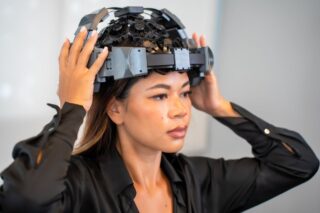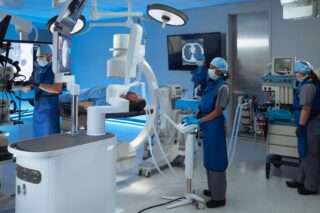Czech Republic startup Mebster is presenting its newest version of UNILEXA, a medical device that acts as an orthosis and exoskeleton combined.
At RehaCare this year, Czech medical device company MEBSTER presented the third and latest generation of its UNILEXA device, a mobility aid designed for people with spinal cord injuries and severe mobility impairments. During a conference, Chief Operating Officer and co-founder Vojtech Vesely insisted that UNILEXA should not simply be called an exoskeleton.
“It’s not orthosis, it’s not exoskeleton,” he said. “It’s something between. We took the best from both worlds and put it together in one solution.”
WATCH our video tour of MEBSTER’s stand at RehaCare 2025.
From Founding to Third Generation
Founded in Prague in 2018, MEBSTER grew out of founder Michal Gloger’s personal determination to create an affordable and functional alternative to the expensive, motorized exoskeletons then entering the rehabilitation market. The company’s first model of UNILEXA reached the market in 2020, just as the COVID-19 pandemic upended global healthcare systems. The timing, Vesely admitted, was unfortunate.
“We had a product ready, but production was interrupted. We had to step back and rethink,” he recalled.
That pause eventually led to the development of a second iteration, UNILEXA 2.0, which introduced improvements in comfort, adjustability, and integration with a mobile application to track steps, sessions, and progress. The third version, unveiled two years ago and now demonstrated at RehaCare, builds further on those refinements. Vesely described it as lighter, simpler to put on, and more adaptable to daily use both in clinics and at home. The device weighs around eight kilograms, can be carried in a suitcase, and locks into place with a few simple movements.
“You don’t need to be fixed in a rehab center anymore. With this, your training is only up to you,” he told the audience.
How UNILEXA Works: Trunk Stability
UNILEXA is designed primarily for people with paraplegia, paralysis from the waist down. These are individuals who typically rely on wheelchairs and cannot stand or walk unassisted. Long hours of sitting lead to muscle atrophy, poor circulation, bone density loss, and an elevated risk of infections. By enabling regular standing and stepping exercises, UNILEXA helps mitigate these complications.
Unlike robotic exoskeletons that actively move the wearer, UNILEXA is a passive device. It relies on body weight shifts, mechanical locks, and simple elastic elements. Users can walk with the assistance of crutches or walkers, depending on their condition. According to Vesely, the design offers immediate benefits in trunk stability.
“After weeks, each user shows improvement,” he said. “At first, they cannot raise both hands, but later they can even reach up, because the stability of the trunk is getting better.”
Beyond physical outcomes, Vesely emphasized the psychological and social impact.
“The long-term benefits are mental health first,” he explained. “Because you are standing, you can see your family, you can speak at eye level. Breathing improves, and cardiovascular training improves. These are things that matter in daily life.”
Market Reach and Regulatory Obstacles
Although UNILEXA holds CE marking as a Class I medical device and has national approval from the Czech State Institute for Drug Control, market access is far from uniform across Europe. In its home country, UNILEXA is already in use at rehabilitation centers such as ParaCENTRUM Fenix, Hamzova léčebna, and České Budějovice Hospital. Patients can also be fitted with the UNILEXA Home version for daily use outside the clinic.
Elsewhere, progress has been uneven. Spain, Italy, and the United States have been relatively open to pilot projects and sales discussions. France and Germany, however, present much stiffer challenges.

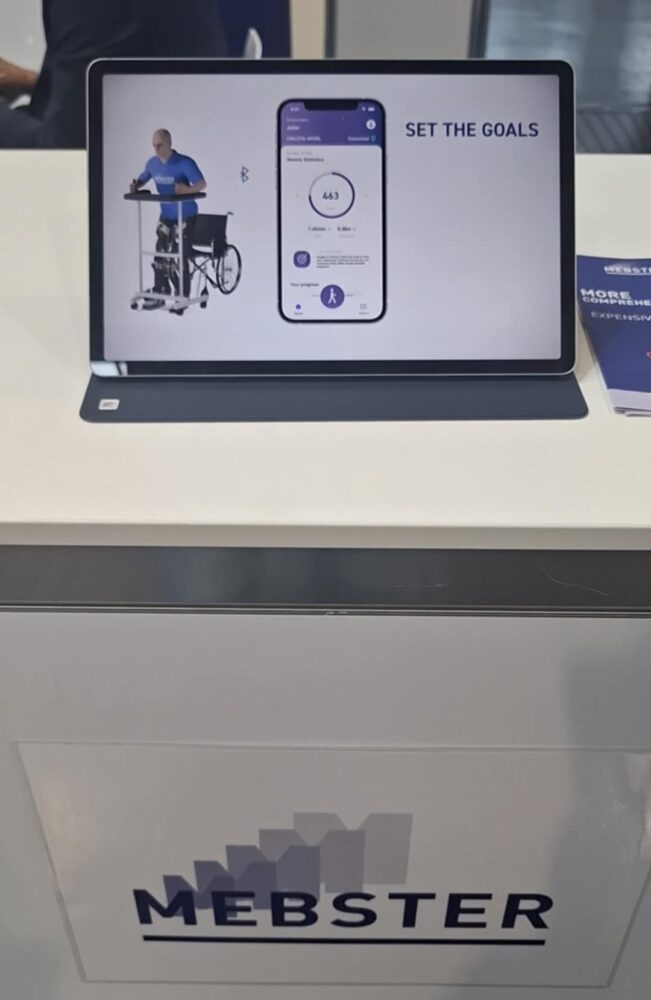
“Certification is not the whole story,” Vesely explained in an interview with MedicalExpo e-Magazine later at the stand. “In Germany and France, the regulations and reimbursement systems are very complicated. Even with CE marking, it is difficult to introduce a new device.”
To bridge the gap, MEBSTER offers workarounds. Prospective clients from restrictive markets are invited to the company’s Prague headquarters to test and purchase devices directly. The team is also prepared to travel abroad for demonstrations.
“If patients or clinicians cannot come to us, we will go to them,” Vesely said.
Looking Ahead: An Aid, not an Automatic Fix
The company is now focused on generating the clinical evidence needed to support reimbursement pathways in stricter markets. Vesely acknowledged that broader adoption depends not only on engineering but also on trust, data, and national health system recognition.
“It’s not the device that changes lives on its own,” he said. “It’s the standing position, the training, the consistency. Our device is only the aid that helps you get there.”
For rehabilitation professionals, UNILEXA offers a new middle ground: more functional than traditional orthoses but more affordable and portable than robotic exoskeletons. As Vesely put it:
“We don’t want to introduce features that are not usable. We want technology that helps people move every day.”
Whether the third generation of UNILEXA will finally unlock the more restrictive European markets remains to be seen. But the message at RehaCare was clear: MEBSTER has a product ready to ship, patients eager to use it, and a team determined to bring their invention wherever it is needed.
